Dinka people are one of the interesting ethnic groups whose history and culture are rich. These South Sudanese people hold unto culture and retain distinctive biological and manmade features that make the curious mind lost in question after question about them.
Modernity and change have helped to spread them to the diaspora where they make names for themselves in different areas of life.
Where Do Dinka People Come From?
Dinka people are one of South Sudan’s major ethnic groups who trace their origins to Gezira, Sudan. Many people refer to them as Jieng people, they call themselves Moinjang which means People of the people.
They trace their origin to Gezira in Sudan. They live along the Nile and other places from Jonglei to Renk, and the Abyei Area in South Sudan.
The way of life among them is around traditional beliefs and high god, Nhiali who is a source of life itself.
The pastoralist group migrates according to the local climate to their permanent location above flood level.
For years, they were engaged in many conflicts to defend their rights and lifestyle. Their story is interesting and quite tragic looking at thousands of them that lost their lives in the struggles. The Bor massacre of the Dinka’s left their numbers reduced and many more displaced. Other conflicts followed as well.
10 Untold Facts About The Dinka People
1. Dinka People Trace A Common Ancestry To Awiel Longar
The Dinka’s believe their common ancestor to be Awiel Longar. Also known as the Jieng people, they are able yto make these traces through folklores.
Aside Awiel Longar, Col Muong is another important figure in their folklores. Unlike the first, Col Muong is said to have the ability to feed on a herd of cattle or field of grain when hungry.
2. The Jieng People Speak A Nilo-Saharan Language
They speak a form of Nilo-Saharan language related to Nuer. There are many variations that are divided into five. Many people think the Dinka language is tricky.
Yet it is easy to learn the language once one identifies one among the five variations. The five languages in the Dinka tongue are Ngok, Rek, Agaar, Twic, and Bor.
3. The Dinka of South Sudan Are Some Of Africa’s Tallest People
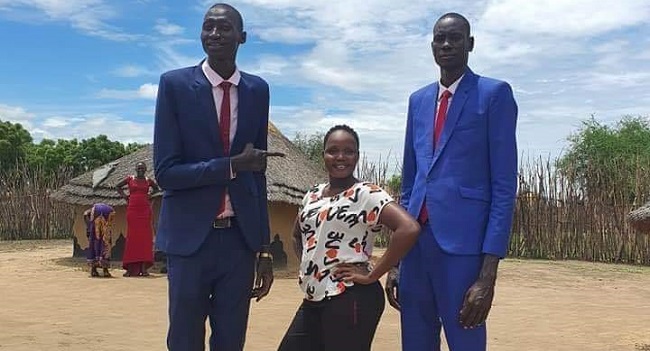
The Tutsi of Rwanda are recorded as the tallest people according to the Guinness World Record. Yet, the Dinka people are also another group of tall people in and outside Africa.
While today’s Dinka is shorter than their predecessors, their height is impressive. Their height is put at an average of 5 ft 9.4 inches as against the mean of 6 ft for the Tutsi’s of Rwanda. Explanations for a reduction in their height point at the numerous conflicts and undernutrition. Some sources claim the Dinka’s to be the tallest people in the world.
4. The Cause Of Dinka People’s Tall Height
The height of the Dinka people at an average of 182.6 cm has been a subject of speculations as many consider them some of the tallest people in the world. To answer the curious question on how they became so tall, there are many reason that have been given.
One among reasons given is their nutrition which is all organic. Among these South Sudanese people, their staple is made of milk, millet, and other organic food.
Also, their lifestyle is also given as another reason. As pastoralist, they move from making them leaner than farmers over time.
A third reason is tied down to their genetics whose material is passed down from generation to generation.
The Dinka height has made some of their people stand out in their chosen career considering former NBA players to current ones as well as models. Among them is Manute Bol who is arguably the tallest player in NBA history and his son, Bol Bol is among the four tallest presently.
These facts point to the fact that their stature is unlike that of many other groups of people.
5. Dinka People Get Scars as Part of Transition Ritual
Many cultures around the world celebrate different transition rituals. For the Dinka, it is not unusual as they respect age. Many of their people carry scars, these are manmade and a part of the initiation ritual for young men.
They get these scars as young boys and girls from the local sorcerer to instill courage at the moment of transition to adulthood. Any wince of pain will make one lose face in the community.
As part of the transition ritual, young men get a second cow-color name.
The three or more lines of the scar on their faces are a mark of pride and honor.
6. The Lahot, Ghost Marriage Of The Dinka People
Continuity and change are the drivers of history. The Dinka people understand this so well and pass across the family name across generations.
To ensure a man’s name continues after his death or due to a long stay away, they negotiate ghost marriages. These marriages are called Lahot meaning ‘entering the hut’.
These marriages as simple as it sounds involve remarrying a woman by her husband’s closest cousins to produce children. Children that are produced from these unions retain the first husband’s name.
7. They Treat Cows And Humans As Equals
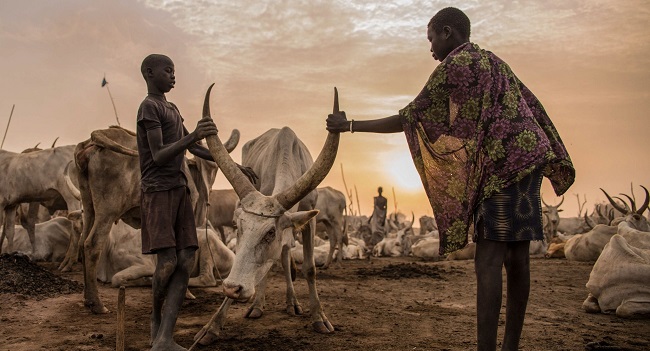
Many cultures around the world place importance on certain animals. The Dinka people are known for the respect they give to their cows. Apart from the reliance of these people on the food and supplements they get from their cows, they treat cows as equals to human beings.
It is a way of life for humans to sleep in the open with their cows. To wad off flies they sometimes cover their bodies with the white ashes of cow dung.
No wonder they have over 400 words to describe a cow, weng, its diseases, colors, and forms in their language.
8. Thousands Of Dinka People Were Killed In The 21 Years War
The Dinka people have been involved in many conflicts. Notable ones include their clash with the Nuer groups over the monopoly of power and the 21-year civil war.
The Dinka are fearless people willing to defend their beliefs and lifestyle. They rose up against the Arab Muslim government in 1983 to defend these rights led by Dr. John Garang De Mabior.
Many people were killed in the war that lasted over two decades including other south Sudanese groups.
The results of a religious clash between the mostly Muslim north of former Sudan and the Christian south led to the killing and displacing of many children. The Lost Boys of Sudan is another unfortunate incident that is part of Dinka history.
9. Dinka Traditional Method Of Beautification
Like the Wodaabe who value beauty as an essential part of life, the Dinka sure have one or two secrets of their own. They rub oils on their body for beautification.
The oil is usually obtained from boiling butter. Their skin is cut into patterns and designs are added into the cut patterns. They are known to remove some teeth for beauty.
Men and women have different methods of arriving at the beauty goal. Women shave their eyebrows and hair leaving a little patch of hair on top of the head.
Men use cow urine to dye their hair. It is not clear if they celebrate men’s beauty contests as the Wodaabe do.
See Also: Himba Tribe: Truths About This Tribe, Their Traditions And Culture
10. The Chief’s Had Influence On The Dinka People
The role of local chiefs among African groups cannot be disputed, they still yield some influence. In the past, traditional chiefs influenced decisions among the Dinka people.
In the past, chiefs known as masters of the fishing spears were seen as messengers of the gods. They sacrificed oxen as a form of worship.
Colonialism undermined their power. They do not have any class systems, they are all expected to contribute to the common good.
The Dinka people may be some of the tallest people in Africa and the world at large, yet, at an average height of 182 cm, their height is comparable to the Tutsi’s of Rwanda and the Dutch people. Also, their unique cultural heritage like that of many has been affected by wars and conflicts over time.
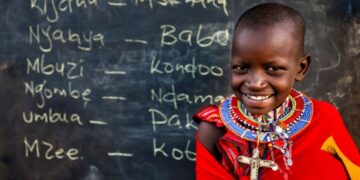

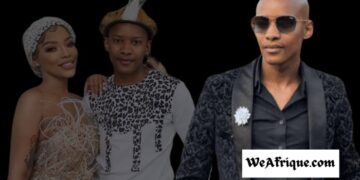







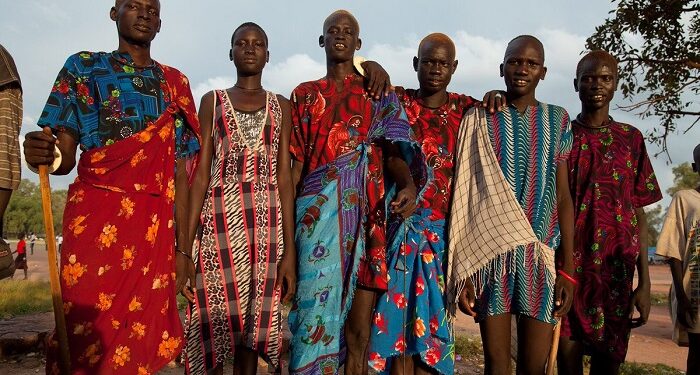










Discussion about this post